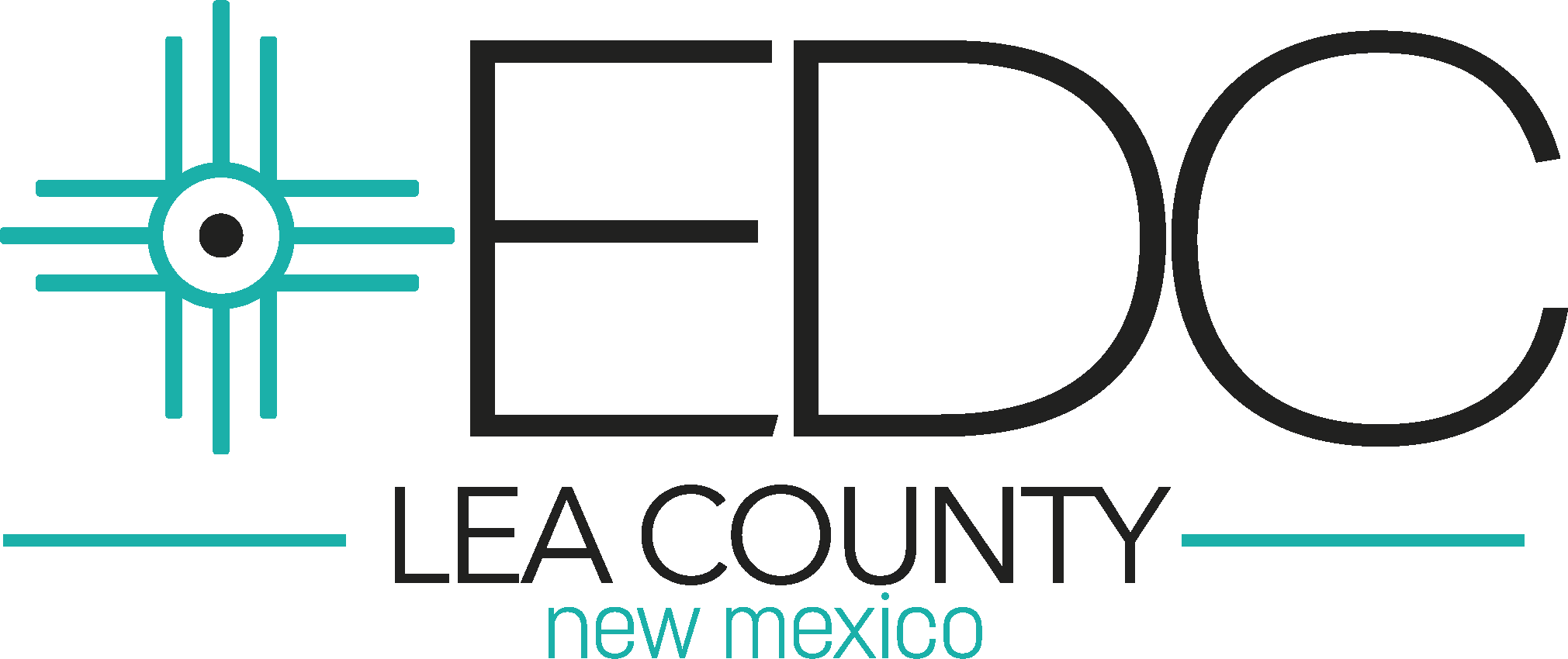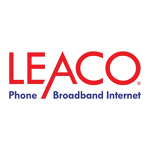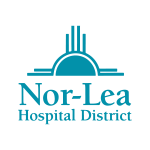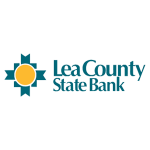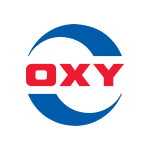
Local Incentives
The Economic Development Corporation of Lea County (EDC) is pleased to partner with the City of Hobbs on its LEDA incentive program. The EDC will receive the LEDA applications on behalf of the City of Hobbs, and after an analysis of the economic impact of each proposed project, will provide a recommendation to the City of Hobbs for consideration. Applicants should note that LEDA is a special revenue fund, and as such it could not be funded until after July 1, 2023 and is subject to the City Commission approving a LEDA line item in the FY23-24 budget. If the LEDA special revenue fund is approved in the upcoming budget, presentations for consideration will occur after the first Commission meeting in July 2023. If the LEDA special revenue fund is not approved in the upcoming budget, there will be no projects considered for FY 23-24.
Please Download and Submit completed application file:
Powered By EmbedPress
Industrial revenue bonds may be issued to finance privately-operated and developed projects by a municipality, county, or the New Mexico Finance Authority. The private party initiates the process by requesting that the government unit issue the bonds (a political process done in accordance with local and state laws). IRBs can be issued for projects over $3 million dollars.
IRBs offer property and gross receipts tax relief to a company. The project financed is actually owned in trust by the governmental issuer of the IRB and leased to the private operator under a finance lease (which allows the private operator to take the depreciation on the project for tax purposes in addition to a deduction for interest paid on the IRBs). Tangible personal property (other than building materials and related construction services) purchased with IRB proceeds is deductible for gross receipts tax purposes because it is being sold to a government purchaser. IRBs of $10 million or less issued to finance manufacturing facilities may also be eligible for exclusion of interest from gross income for federal income tax purposes (effectively lowering the interest rate on the IRBs).
Through the Statewide Economic Development Finance Act, the Economic Development Department can recommend projects to the New Mexico Finance Authority for issuance of taxable and tax-exempt IRBs. (Note: IRBs are called IDBs in other jurisdictions).
The Local Economic Development Act (LEDA), 5-10-1 NMSA 1978, allows communities to provide assistance to qualified economic development projects while maintaining safeguards against the unauthorized use of public resources.
All cities in Lea County, including the County, have passed the LEDA act.
The purpose of the Act is to allow municipalities and counties to enter into Joint Powers Agreements to plan and support regional economic development projects. LEDA can be used to support 3 types of projects: Infrastructure/Improvement, Economic Development (Job Creator) and Retail**.
Project funds can be used for:
- The purchase, lease, grant, construction, reconstruction, improvement or other acquisition or conveyance of land, buildings or other infrastructure
- Public works improvements essential to the location or expansion of a qualifying entity
- Loan guarantees securing the cost of land, buildings or infrastructure in an amount not to exceed the revenue that may be derived from the municipal infrastructure gross receipts tax or the county infrastructure gross receipts tax
The City of Lovington has passed the LEDA tax in addition to the LEDA act which provides them with economic development monies that may be awarded, via an application procedure, to qualified projects. The funds are generated through gross receipts collected within the city limits. There is an application that must be filled out by the company seeking this incentive.
**Retail only allowed in communities under 10,000 residents or 10,000-35,000 if not in direct competition with other local retailers. Retail is only allowed in communities that have passed their own LEDA tax and included a retail statute.
The City of Hobbs offers the following incentives for developer expenses related to installing new public infrastructure, streets, curbing, sidewalk, and water and sewer mains installed by the developer at pre-approved city prices, on a per unit basis.
- Single Family Housing – (SFH) is defined as a permanently constructed/installed, rental or “For Sale” housing development in Hobbs in any combination of Modular, Manufacture, Site Built or total Renovation of existing vacant residences.
- Market-Rate Rental Housing – (MRH) is defined as a permanently constructed, rental housing development in Hobbs that does not offer or provide any housing units with a subsidized or reduced rent payment based on the level of income of the household renting the unit.
INCENTIVE PROGRAM REQUIREMENTS
- Incentives are available for public municipal infrastructure only, providing compliance with:
- Incentive not to exceed per square footage basis:
- $5.00 per sq. ft. north of Sanger
- $10.00 per sq. ft. south of Sanger
- Calculation based on living area only
- Incentive not to exceed per unit basis:
- $5,000.00 per single family unit
- $2,500.00 per multi-family unit
- Incentive not to exceed fair share per linear foot of infrastructure basis:
- $90.00 per lineal front footage of complete public infrastructure and broken down as follows:
- 1. Water ($12.50 / lf):
- Twelve dollars fifty cents ($12.50) per equivalent front foot of lot to which water service is provided (8″ minimum service single family & 10″ minimum service for multi family);
- 2. Sewer ($17.50 / lf):
- Seventeen dollars fifty cents ($17.50) per equivalent front foot of lot to which sewer service is provided (8″ minimum service single family & 10″ minimum service for multi family);
- 3. Street ($45/lf):
- Forty five dollars ($45) per equivalent front foot of lot to which street is provided (built to Minor Residential standards as promulgated within the City of Hobbs Major Thoroughfare Plan)
- 4. Sidewalk
- Fifteen ($15) per equivalent front foot of lot to which sidewalk (includes a driveway with ADA accessible path) is provided;
- 1. Water ($12.50 / lf):
- $90.00 per lineal front footage of complete public infrastructure and broken down as follows:
- Incentive not to exceed per square footage basis:
- Market Rate Single Family Development Agreement: Development Agreement not to exceed $100,000.00 nor be less than $15,000.00, producing no less than 3 units. A Developer holding an active DA shall be required to complete no less than 75% of the DA prior to requesting a new Incentive Development Agreement. The term for any DA shall be limited to 12 months, unless otherwise approved by the City Commission. Funds to be disbursed after issuance of Certificate of Occupancies per unit.
- Market Rate Multi-Family Development Agreement: Development Agreement not to exceed $125,000.00 nor be less than $30,000.00. The term for any DA shall be limited to 18 months, unless otherwise approved by the City Commission. Funds to be disbursed after issuance of Final Certificate of Occupancy.
Industrial revenue bonds may be issued to finance privately-operated and developed projects by a municipality, county, or the New Mexico Finance Authority. The private party initiates the process by requesting that the government unit issue the bonds (a political process done in accordance with local and state laws). IRBs can be issued for projects over $3 million dollars.
IRBs offer property and gross receipts tax relief to a company. The project financed is actually owned in trust by the governmental issuer of the IRB and leased to the private operator under a finance lease (which allows the private operator to take the depreciation on the project for tax purposes in addition to a deduction for interest paid on the IRBs). Tangible personal property (other than building materials and related construction services) purchased with IRB proceeds is deductible for gross receipts tax purposes because it is being sold to a government purchaser. IRBs of $10 million or less issued to finance manufacturing facilities may also be eligible for exclusion of interest from gross income for federal income tax purposes (effectively lowering the interest rate on the IRBs).
Through the Statewide Economic Development Finance Act, the Economic Development Department can recommend projects to the New Mexico Finance Authority for issuance of taxable and tax-exempt IRBs. (Note: IRBs are called IDBs in other jurisdictions).
The Local Economic Development Act (LEDA), 5-10-1 NMSA 1978, allows communities to provide assistance to qualified economic development projects while maintaining safeguards against the unauthorized use of public resources.
All cities in Lea County, including the County, have passed the LEDA act.
The purpose of the Act is to allow municipalities and counties to enter into Joint Powers Agreements to plan and support regional economic development projects. LEDA can be used to support 3 types of projects: Infrastructure/Improvement, Economic Development (Job Creator) and Retail**.
Project funds can be used for:
- The purchase, lease, grant, construction, reconstruction, improvement or other acquisition or conveyance of land, buildings or other infrastructure
- Public works improvements essential to the location or expansion of a qualifying entity
- Loan guarantees securing the cost of land, buildings or infrastructure in an amount not to exceed the revenue that may be derived from the municipal infrastructure gross receipts tax or the county infrastructure gross receipts tax
The City of Lovington has passed the LEDA tax in addition to the LEDA act which provides them with economic development monies that may be awarded, via an application procedure, to qualified projects. The funds are generated through gross receipts collected within the city limits. There is an application that must be filled out by the company seeking this incentive.
**Retail only allowed in communities under 10,000 residents or 10,000-35,000 if not in direct competition with other local retailers. Retail is only allowed in communities that have passed their own LEDA tax and included a retail statute.
The City of Hobbs offers the following incentives for developer expenses related to installing new public infrastructure, streets, curbing, sidewalk, and water and sewer mains installed by the developer at pre-approved city prices, on a per unit basis.
- Single Family Housing – (SFH) is defined as a permanently constructed/installed, rental or “For Sale” housing development in Hobbs in any combination of Modular, Manufacture, Site Built or total Renovation of existing vacant residences.
- Market-Rate Rental Housing – (MRH) is defined as a permanently constructed, rental housing development in Hobbs that does not offer or provide any housing units with a subsidized or reduced rent payment based on the level of income of the household renting the unit.
INCENTIVE PROGRAM REQUIREMENTS
- Incentives are available for public municipal infrastructure only, providing compliance with:
- Incentive not to exceed per square footage basis:
- $5.00 per sq. ft. north of Sanger
- $10.00 per sq. ft. south of Sanger
- Calculation based on living area only
- Incentive not to exceed per unit basis:
- $5,000.00 per single family unit
- $2,500.00 per multi-family unit
- Incentive not to exceed fair share per linear foot of infrastructure basis:
- $90.00 per lineal front footage of complete public infrastructure and broken down as follows:
- 1. Water ($12.50 / lf):
- Twelve dollars fifty cents ($12.50) per equivalent front foot of lot to which water service is provided (8″ minimum service single family & 10″ minimum service for multi family);
- 2. Sewer ($17.50 / lf):
- Seventeen dollars fifty cents ($17.50) per equivalent front foot of lot to which sewer service is provided (8″ minimum service single family & 10″ minimum service for multi family);
- 3. Street ($45/lf):
- Forty five dollars ($45) per equivalent front foot of lot to which street is provided (built to Minor Residential standards as promulgated within the City of Hobbs Major Thoroughfare Plan)
- 4. Sidewalk
- Fifteen ($15) per equivalent front foot of lot to which sidewalk (includes a driveway with ADA accessible path) is provided;
- 1. Water ($12.50 / lf):
- $90.00 per lineal front footage of complete public infrastructure and broken down as follows:
- Incentive not to exceed per square footage basis:
- Market Rate Single Family Development Agreement: Development Agreement not to exceed $100,000.00 nor be less than $15,000.00, producing no less than 3 units. A Developer holding an active DA shall be required to complete no less than 75% of the DA prior to requesting a new Incentive Development Agreement. The term for any DA shall be limited to 12 months, unless otherwise approved by the City Commission. Funds to be disbursed after issuance of Certificate of Occupancies per unit.
- Market Rate Multi-Family Development Agreement: Development Agreement not to exceed $125,000.00 nor be less than $30,000.00. The term for any DA shall be limited to 18 months, unless otherwise approved by the City Commission. Funds to be disbursed after issuance of Final Certificate of Occupancy.
opportunity zones
A new investment opportunity in Lea County!
Lea County’s new Opportunity Zone comes with many opportunities for investors, both local and non-local, current business-owners, and anyone else with capital gains. Located in South Hobbs, this census tract runs along Marland Blvd, Hwy 62/180, providing an ideal location for investors interested in locating or expanding into Hobbs.
Eligible Opportunity Zone projects include housing, retail, industrial projects, expansions, and new businesses. Currently, the only exclusions to projects in Opportunity Zones are so-called “sin” businesses which include golf courses, country clubs, massage parlors, hot tub facilities, tanning facilities, racetracks or other facilities used for gambling or selling alcoholic beverages.
In order to use capital gains in the new Hobbs Opportunity Zone, funds must be invested in a certified Opportunity Fund. Currently, there are several corporations in New Mexico looking into starting Opportunity Funds.
In addition, the NM Economic Development Department recently announced a $1 million bonus to investments that meet LEDA qualifications and are located within Opportunity Zones.
If you’re interested in learning how you can invest in Opportunity Zones and take advantage of the capital gains tax incentives available to investors, contact us!
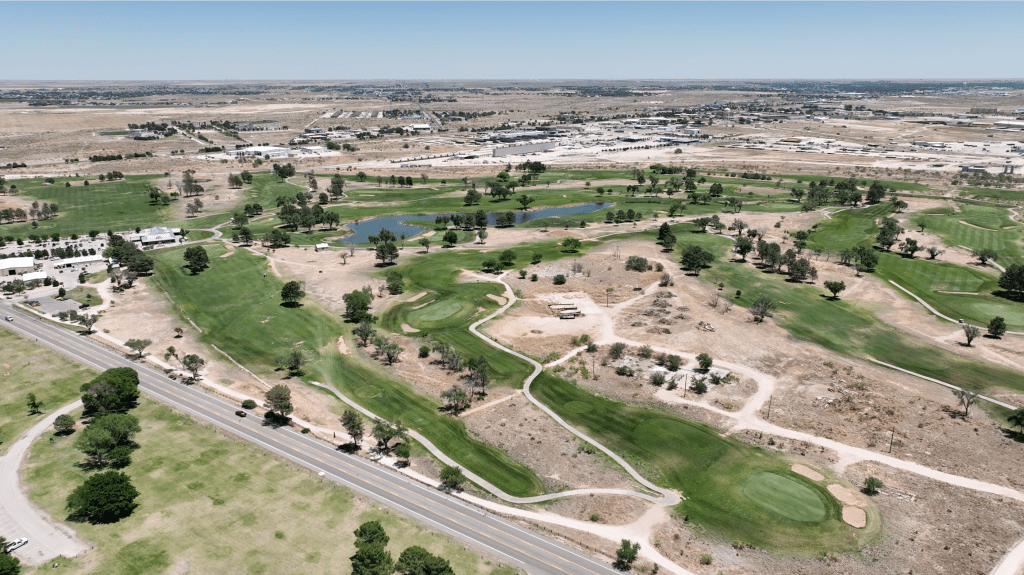
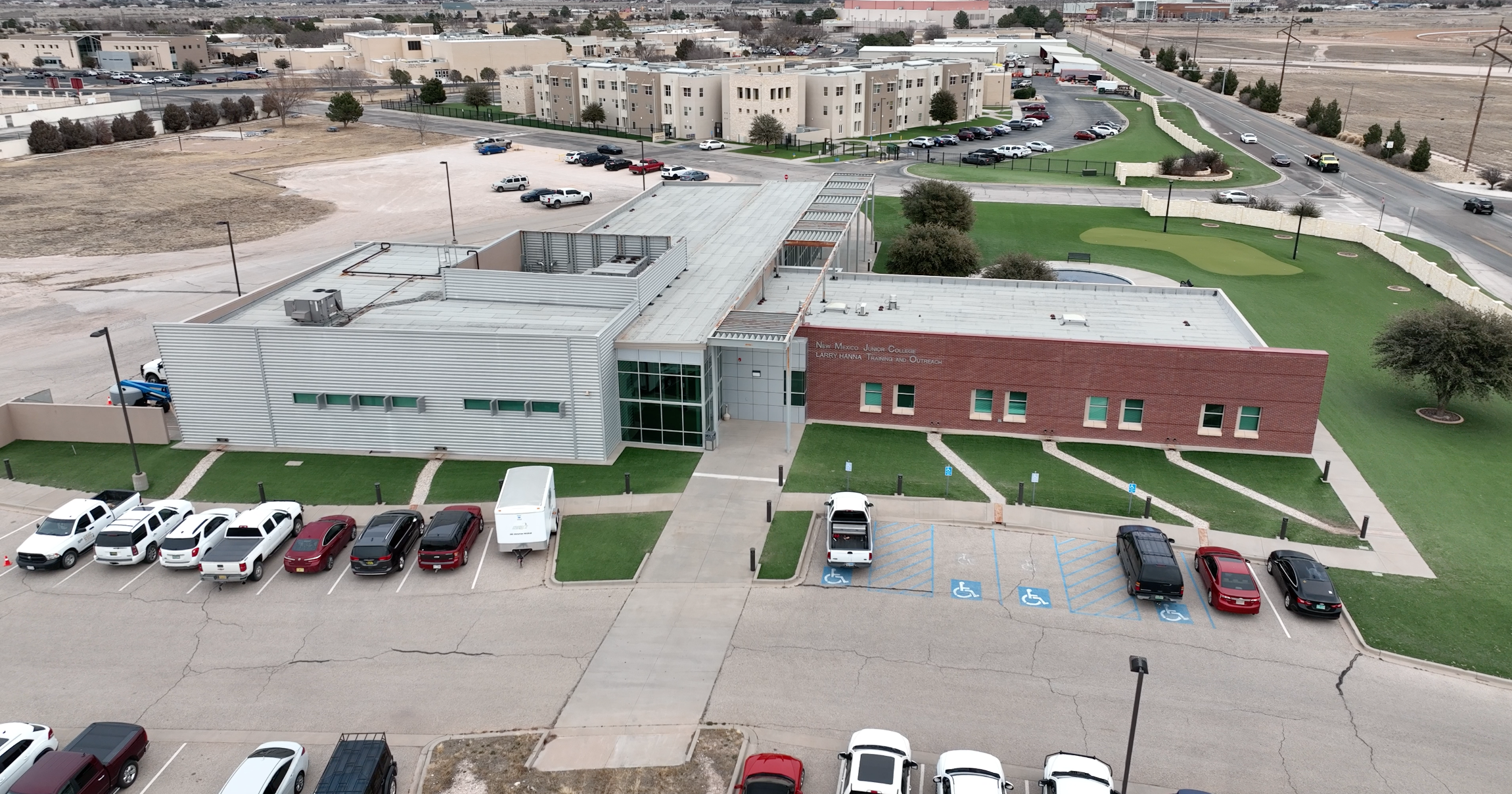
Job Training Incentive Program (JTIP)
JTIP reimburses qualified companies for a significant portion of training costs associated with newly created jobs. Companies must be manufacturers or a non-retail service company that exports at least 60 percent of revenues and/or customer base of services out of state. Reimbursable Training Expenses include:
- Custom classroom training at a public educational institution
- Structured on-the-job training (OJT)
- A combination of classroom training and OJT
- A significant portion of trainee wages (50-70 percent) for up to six months
- Cost of custom classroom training at public educational institution (100 percent)
- Portion of approved travel expenses (50-65 percent)
- Expenses are reimbursed after training is complete
Job and Trainee eligibility restrictions apply. Contact the EDCLC for full details or visit the State of NM website.
NEW MEXICO HAS MANY INCENTIVES FOR ALL TYPES OF BUSINESS!
- General
- Manufacturing & Tech
- Energy
High Wage Jobs Tax Credit
This credit gives companies who hire employees at salaries of $40K or higher in rural areas, and $60K or higher in urban communities, tax credits equal to ten percent of the combined salary and benefits package for the year in which the job is created, and for the three following qualifying periods.
Rural Jobs Tax Credit
This credit can be applied to taxes due on (state) gross receipts, corporate income, or personal income tax. Rural New Mexico is defined as any part of the state other than Los Alamos County; certain municipalities: Albuquerque, Rio Rancho, Farmington, Las Cruces, Roswell, and Santa Fe; and a 10-mile zone around those select municipalities.
Single Sales Factor for Manufacturers
New Mexico will provide a phased-in election (over five years), for manufacturers to utilize a single sales factor income apportionment methodology. The present law double weighted sales factor with its “strings” is replaced in 2014 by the more straightforward election, which becomes triple weighted in 2015, multiplied by seven (over ten with the property and payroll factors times 1.5) in 2016, by eight (over 10) in 2017, and 100% weighted in 2018.
Manufacturer’s Investment Tax Credit
Manufacturers may take a tax credit of 5.125 percent of the value of qualified equipment and other property used in their operation. The credit can be applied against compensating, gross receipts or withholding tax up to 85% of the total. Any remaining available credit may be claimed in subsequent reporting periods.
Technology Jobs Tax Credit
A taxpayer who conducts qualified research and development at a facility in New Mexico is allowed a basic tax credit equal to four percent (4%) of qualified expenditures, and an additional four percent (4%) credit toward income tax liability by raising its in-state payroll $75,000 for every $1 million in qualified expenditures claimed. The tax credit doubles for expenditures in facilities located in rural New Mexico (as defined for this tax credit as anywhere outside Rio Rancho or more than 3 miles outside Bernalillo, Doña Ana, San Juan or Santa Fe counties).
Corporate Income Tax Reduction
The corporate income tax act is amended to reduce the top corporate tax rate from its present law 7.6% to 5.9% over five years. The reduction begins in 2014, with a rate reduction to 7.3% followed by 6.9% in 2015 and 6.6% in 2016. In 2017, the top bracket is collapsed into the middle bracket (presently 6.4%), with a 6.2% rate. For tax years 2018 and following, the top bracket of two becomes 5.9%. The bottom 4.8% bracket remains the same.
Advanced Energy Deduction and Advanced Energy Tax Credit
Receipts from selling or leasing tangible personal property or services that are eligible generation plant costs to a person that holds an interest in a qualified generating facility are deductible from gross receipts and compensating tax. In addition, a taxpayer who holds an interest in a qualified generating facility in New Mexico that files a corporate income tax return may claim a credit for six percent (6%) of the eligible generation plant costs of a qualified facility.
Alternative Energy Product Manufacturer’s Tax Credit
Manufacturers of certain alternative energy products may receive a tax credit not to exceed five percent (5%) of qualified expenditures for purchase of manufacturing equipment used in the manufacturing operation. This credit is designed to stimulate the development of new alternative energy manufacturing facilities.
Renewable Energy Production Tax Credit
A corporate or personal taxpayer who owns a qualified energy generator is eligible for a tax credit in an amount equal to one cent (.01) per kilowatt hour of electricity produced by the qualified energy generator using a qualified energy resource in the tax year. A variable rate of credit is added for electricity produced using solar energy. The rate starts at 1.5 cents in the first year of operation and increases in increments of ½ cent each of the next five years, to a maximum of four cents, and then will decline by 1/2 cent per year in the next four years to two cents in the tenth year of operation. The one cent per kilowatt hour rate applies for all other qualified energy generation facilities. The facility must generate a minimum of one megawatt. The total amount of electricity that can qualify for the corporate and individual income tax credits is two million megawatts for wind and biomass with an additional 500,000 megawatt hours allowed for solar-generated power.
New Mexico Financing
- Bond Financing
- Smart Money
BUSINESS BOND
Through what is referred to as the “BBB Program”, the State Investment Council may invest up to $20 million in a bond rated BBB or better, the proceeds of which may fund the expansion or relocation of a business in New Mexico. The bond must be issued by a U.S. corporation, and the bond’s rate of interest shall not exceed the equivalent yield on comparable U.S. Treasury securities plus 100 basis points, depending on the financial condition of the borrower and the nature of the investment. 7-27-5.4 NMSA 1978
ECONOMIC DEVELOPMENT REVOLVING FUND BOND
Under the Statewide Economic Development Act, the New Mexico Finance Authority may issue economic development revolving fund bonds for making loans, entering into loan participations, and providing loan guarantees. The economic development revolving fund bonds issued by the authority may be sold at any time at private or public sale. 6-25-17 NMSA 1978
ENERGY EFFICIENCY & RENEWABLE ENERGY BONDS
Through the Energy Efficiency and Renewable Energy Bonding Act, the New Mexico Finance Authority may issue up to $20 million in bonds backed by the state’s gross receipts tax to make loans to state agencies, universities and public schools to fund energy-efficiency and renewable-energy renovations at existing facilities. To pay debt service on the bond, 90 percent of the expected energy utility bill savings is “captured” from the participating agencies’ budgets. 6-21D-1 NMSA 1978
PROJECT REVENUE BOND
Under the Statewide Economic Development Act, the New Mexico Finance Authority may issue a project revenue bond to fund a qualified project. Project revenue bonds may be executed and delivered at any time and may be sold at public or private sale. All project revenue bonds issued pursuant to the Statewide Economic Development Finance Act shall be negotiable. 6-25-7 NMSA 1978
RENEWABLE ENERGY TRANSMISSION BOND
As part of the Renewable Energy Transmission Authority (RETA) Act, RETA may issue and sell revenue bonds, for the purpose of entering into a project when the authority determines that the project is needed. The net proceeds from the bonds are appropriated to RETA for the purpose of financing or acquiring eligible facilities. 62-16A-1 NMSA 1978
Created in 2005 and administered by the New Mexico Finance Authority (NMFA), the Smart Money initiative is a bank-participation loan program designed to provide lower-cost capital to existing companies, startups, and those firms relocating to New Mexico.
By sharing risk with local banks, Smart Money provides job-creating companies lower interest rates and/or gap financing to strengthen cash flows. Borrowers can use Smart Money to finance renewable energy, processing and marketing facilities, business and industrial acquisitions, real estate, refinancing, equipment, machinery and supplies, startup costs, and working capital.
Each Smart Money loan is independently underwritten by a Smart Partner Bank, which submits a loan-participation application with its borrower analysis to NMFA. NMFA may participate in up to 49 percent in a bank-originated loan, generally up to $2 million.
The New Mexico Legislature ultimately approves Smart Money loans. NMFA prioritizes opportunities and then, in partnership with the New Mexico Economic Development Department, submits a list of potential Smart Money projects to the Legislature.
